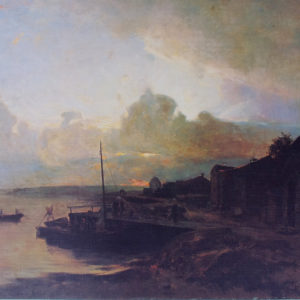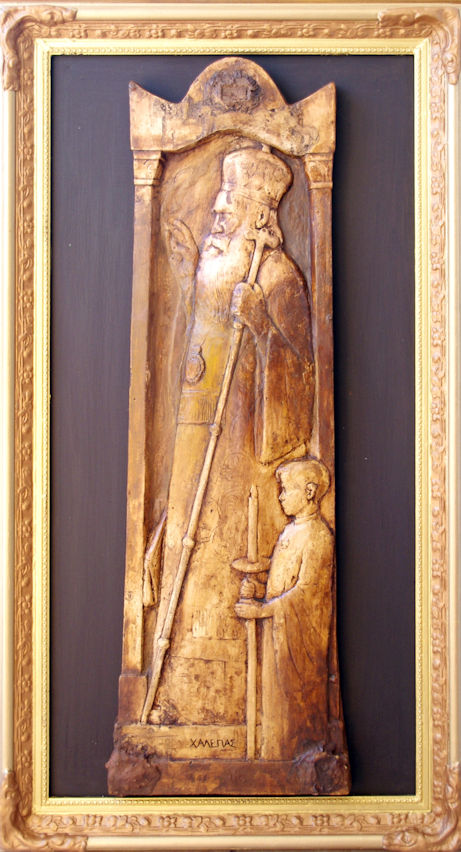
Repairing a Damaged Canvas: Patching vs Lining
Source: Gainsborough Products, LLC – USA
There are two methods of repairing a torn or punctured oil painting on canvas.
a) The damaged area of the painting can be Patched
b) The entire painting can be Fully Lined (adhered) onto a new supporting canvas.
Several factors discussed below should be considered to determine when Patching may be a good choice for repairing a damaged oil painting and when a Full Lining of the entire canvas should be considered instead.
In deciding which repair method to use, bear in mind that a Ρatch may become visible from the front of the painting over time, and can be avoided by Lining the entire painting. A Ρatch in a busy part of the painting may be less noticeable than a Ρatch in a solid area.
Generally, Ρatching of an oil painting should only be performed if the tear or puncture is small. Large or multiple tears and punctures usually call for Lining the entire canvas to provide the painting with the strength to make the repair successful.
It can generally be assumed that the canvas of an old oil painting with multiple tears is in a fragile state and susceptible to additional damage if it is not reinforced with a new supporting canvas. Lining a damaged oil painting onto a new canvas rather than Ρatching is advisable if the canvas is in a weakened condition: brittle and fragile canvas, thinning areas of the canvas, torn where it wraps around the stretcher frame, flaking paint, cracks in the paint, or multiple tears and punctures.
If the damaged oil painting is in good condition other than the tear or puncture, Ρatching offers a quick, easy, and less expensive alternative to repairing a damaged canvas, while keeping the rest of the painting in its original condition. There are ready-made patches of various companies that can easily be removed if lining the painting to a new canvas is desired at some point in the future. However, the filled-in and inpainted area will be damaged during the process and will have to be re-applied.
Patching may be preferable to Lining if a tear or puncture occurs in a relatively new oil painting, because the paint and varnish are still soft. During the Lining process, fresh paint and varnish can stick to the paper, impasto (an area of thick paint or texture in a painting) can be flattened, and varnish and paint can be removed while removing excess lining compound.
When a tear or puncture occurs in a very large painting, Ρatching may be the only viable solution due to the size of the piece.
There exist complete manuals of oil painting restoration providing step-by-step instructions for lining an old oil painting on canvas using lining compounds.
When Ρatching a tear or puncture in an oil painting on canvas, special wax-resin lining compound is advisable for repairs that require consolidation of flaking (loosened) paint, for tears or holes greater than 3 mm in width, or for large tears and holes requiring a strong patch.
Lining compound will penetrate through the Ρatch and into the original canvas to hold down any loosened paint as long as the paint film and ground are separating from the canvas (bare canvas showing where the paint has flaked off) rather than paint film separating from the ground or undercoat (paint color and not bare canvas showing where the paint has flaked off).
If the paint film is separating from the ground or undercoat, a torn oil painting can still be repaired by Ρatching with a special lining compound, but the consolidation of the paint will need to be done from the front of the painting. A patch adhered with lining compound is removable with an iron at any time in the future, and the wax-resin residue can be removed with another special neutralizer or lining compound remover.
















3 Responses